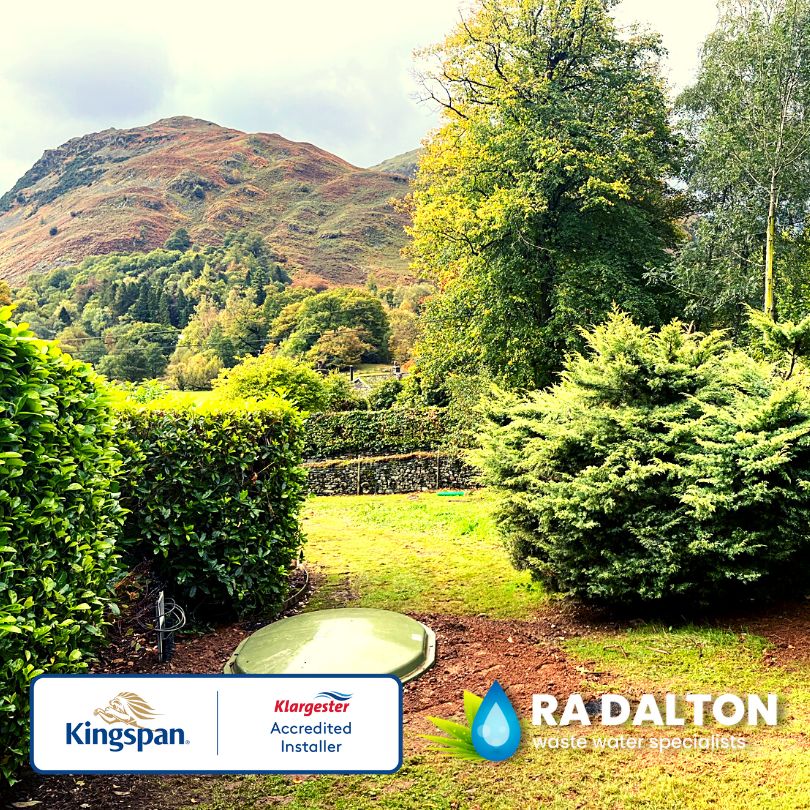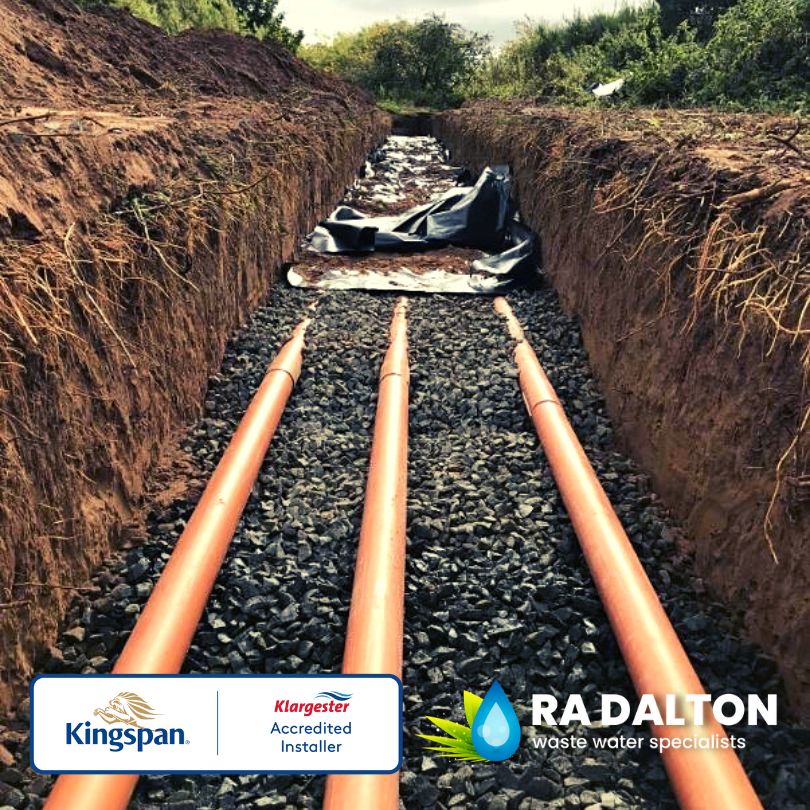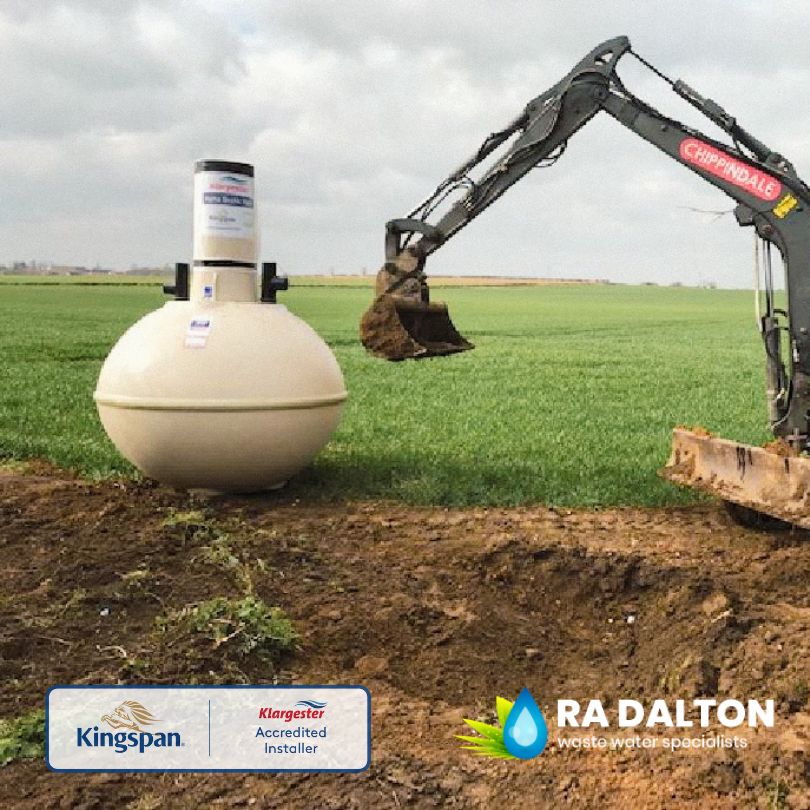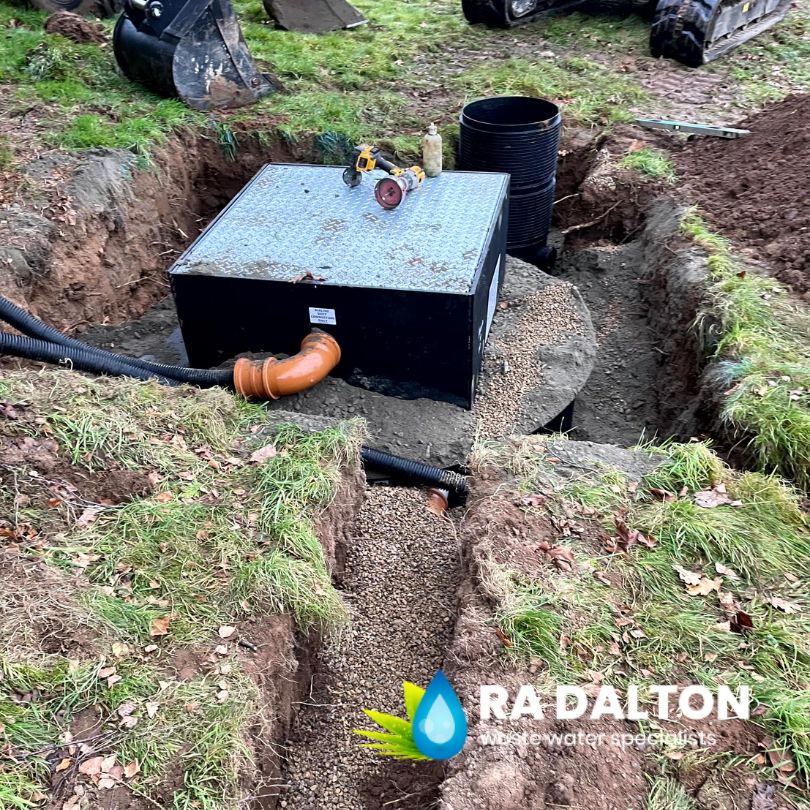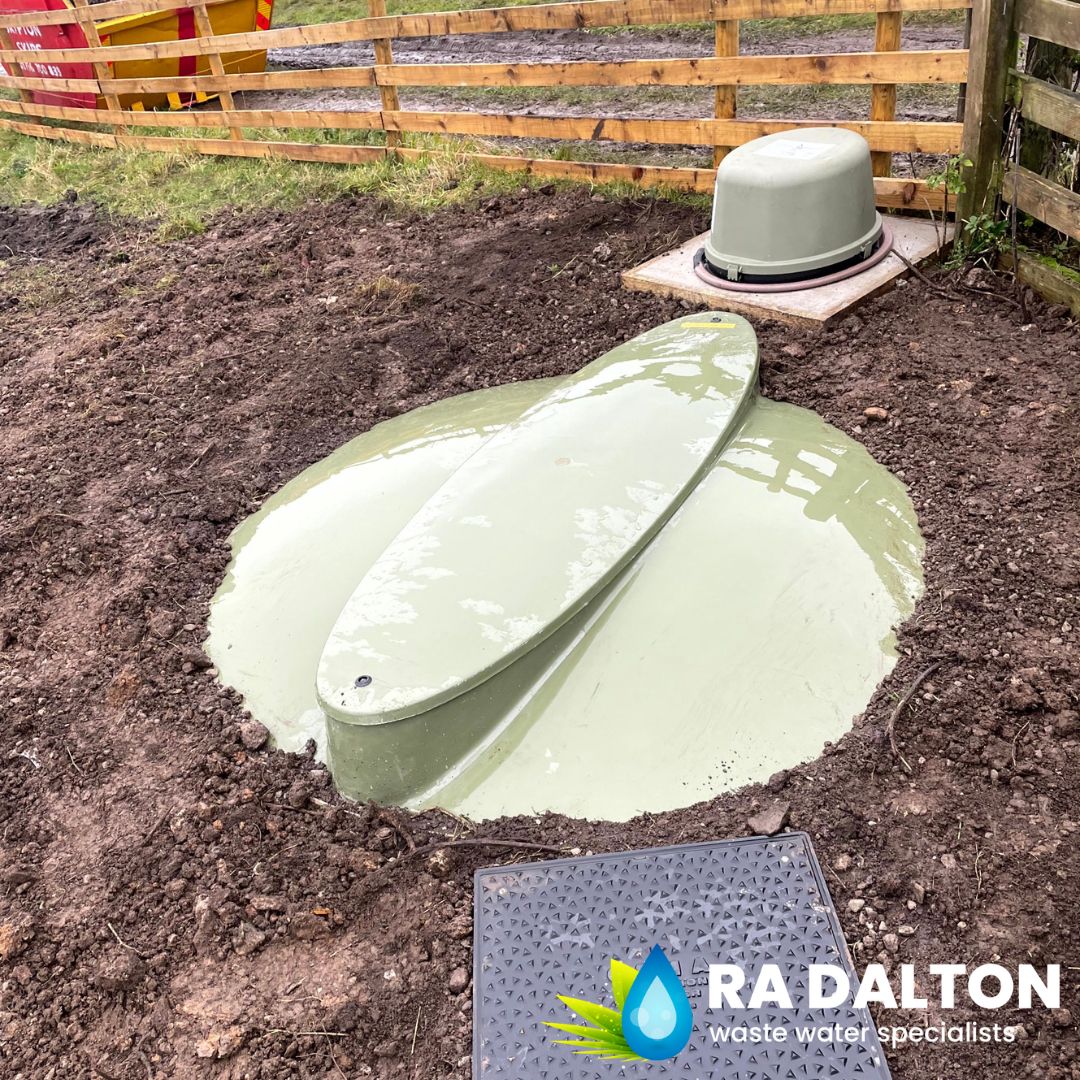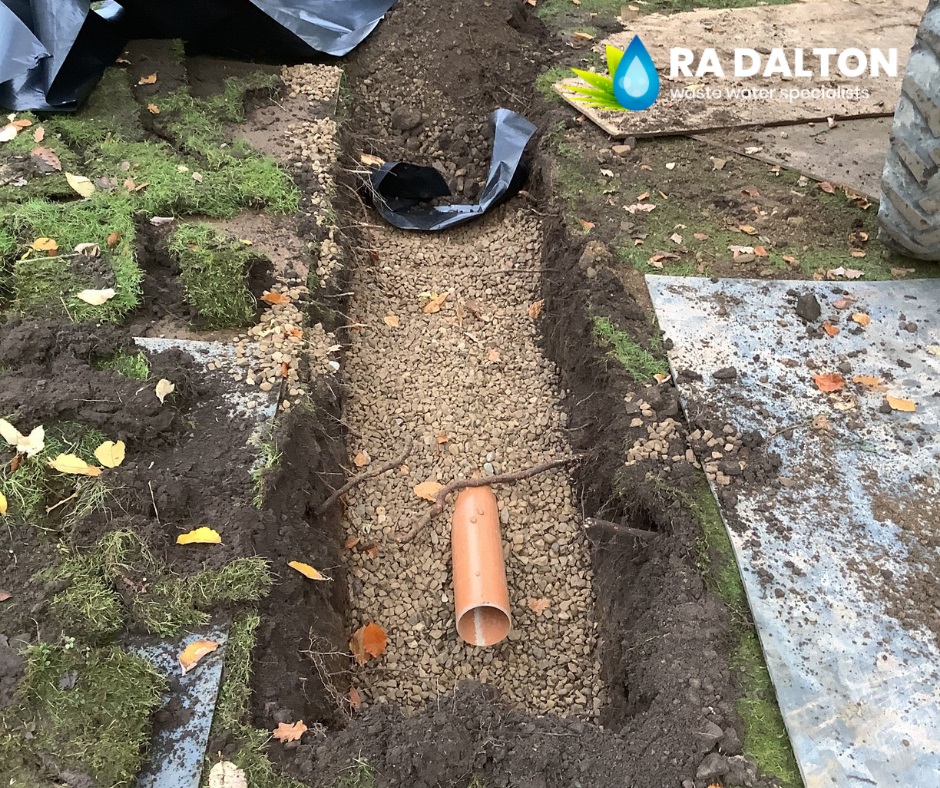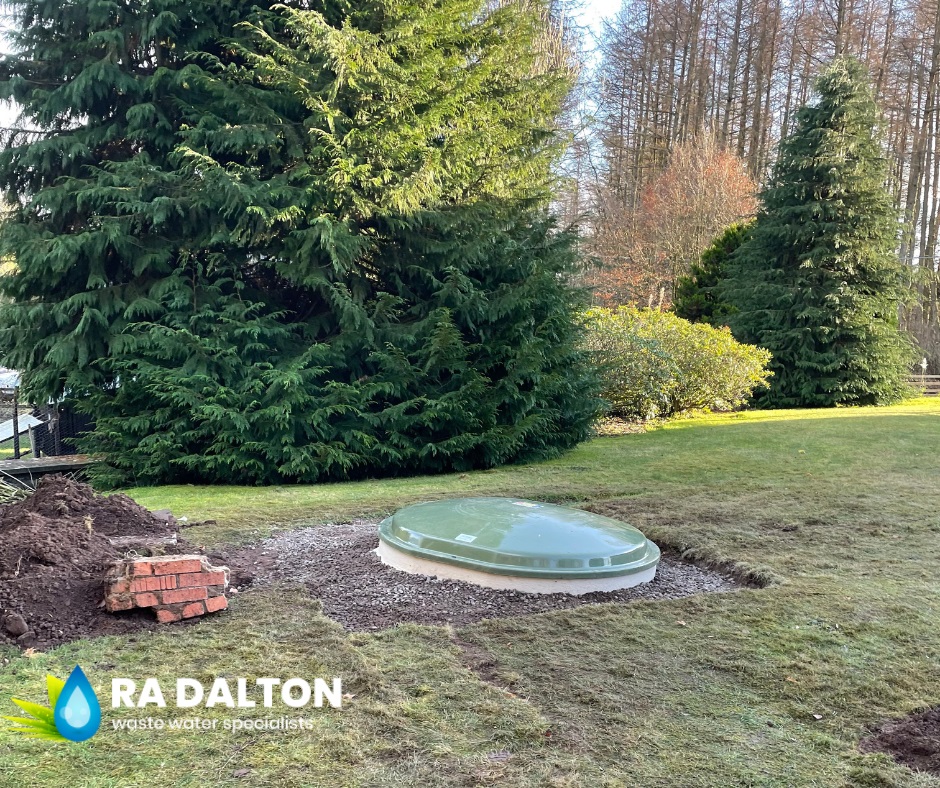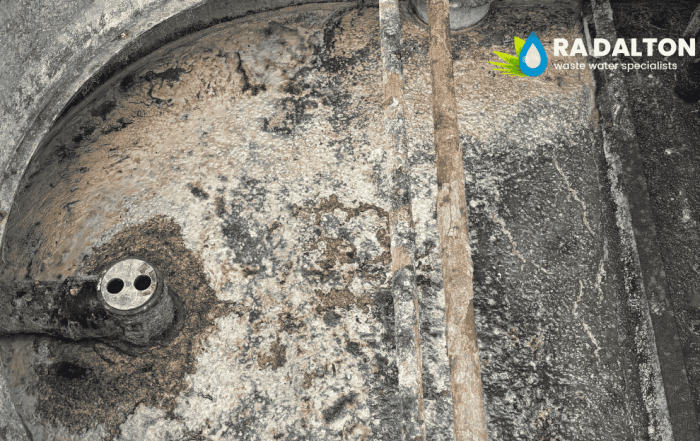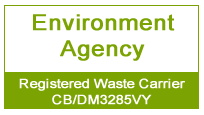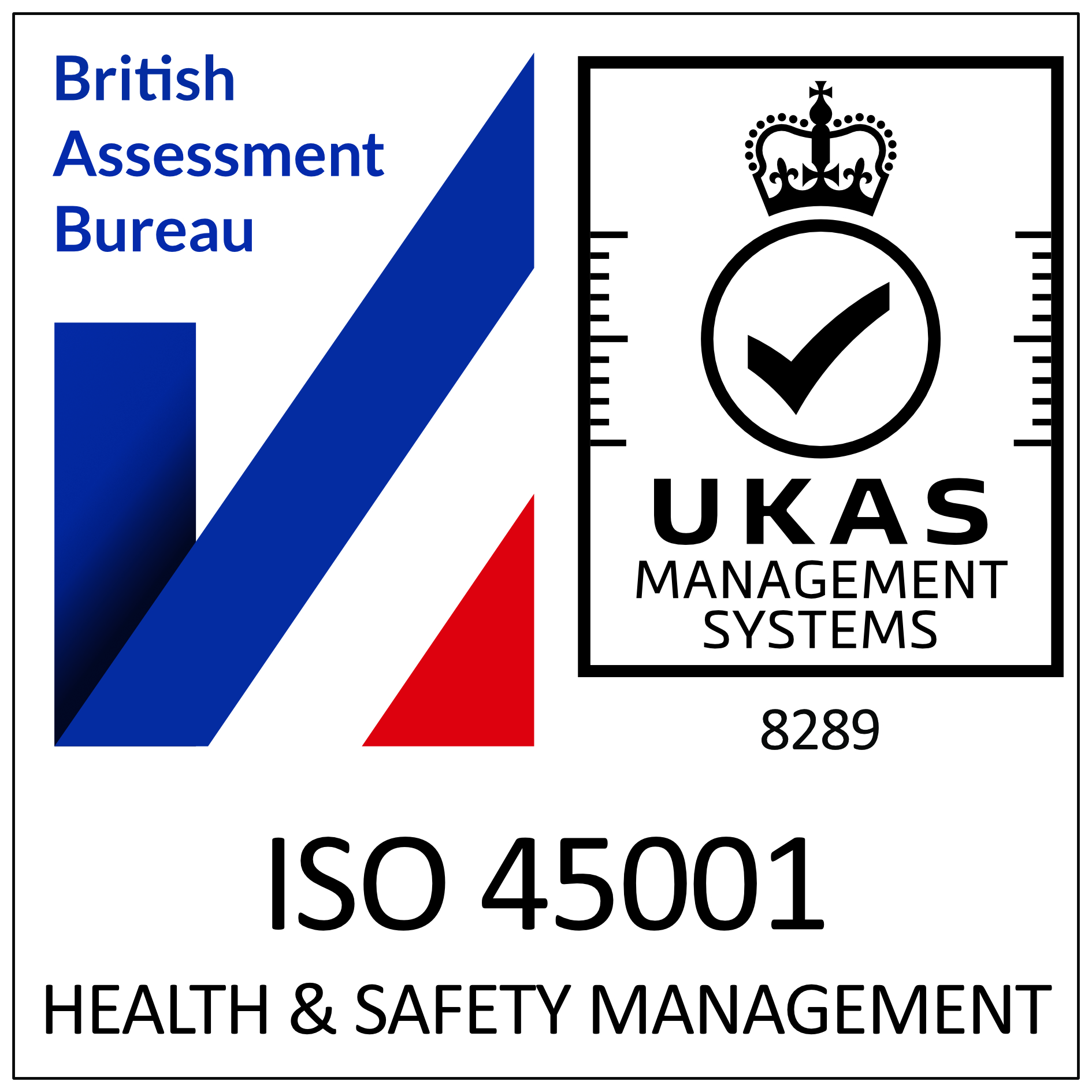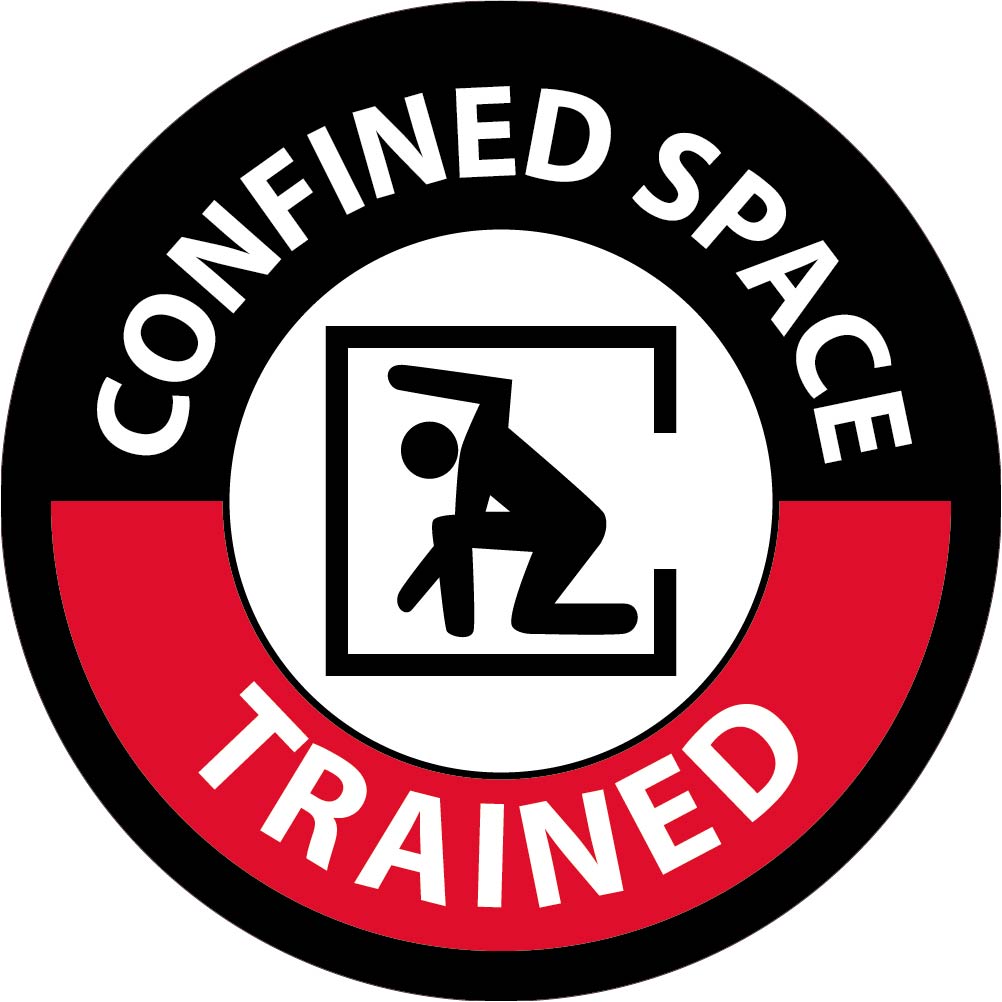Latest sewage & wastewater news
RA Dalton Ltd are the Klargester number one accredited installer covering the whole of the UK.
2020 General Binding Rules and the new amendments
It is soon approaching 8 years since the original introduction of the ‘new’ General Binding Rules, in the lead up to its enforcement further clarification has been made on points that were previously ambiguous. Even after the rules came into effect in January 2020 further operational clarity was provided as different situations provided new queries and it was impossible to cover all eventualities and practicalities.
The purpose of the General Binding Rules (GBR2020) is to ensure that the sewage treatment plant/ septic tank is installed and maintained to a mutual operational standard and therefore limiting any adverse effects on the environment.
There are two sections applicable to the General Binding Rules; new discharge and existing discharge therefore the criteria to be compliant has minor variations between the two.
Septic tank compliance
There are 21 rules outline within this guidance that as an operator of a wastewater system you must adhere to, full details on the General Binding Rules can be found either here for small sewage discharges to ground or here for small sewage discharges to surface water.
Here is a very brief outline of what each rule entails:
Rule 1 – Daily flow to ground.
For septic tanks/ sewage treatment plants that discharge to ground, the daily flow should not exceed 2 cubic metres a day (2,000 litres), if your discharge exceeds this then you will need an Environment agency permit to discharge.
Rule 2- Daily flow to watercourse.
For sewage treatment plants that discharge to a watercourse the daily flow should not exceed 5 cubic metres a day (5,000 litres), if your discharge exceeds this then you will need an EA permit to discharge.
*If you are unsure of the daily flow from your system you can use this calculator to determine your daily flow -> here.
Rule 3 – Only discharge domestic sewage.
The sewage that is discharged to ground/ the watercourse must be of a domestic nature, this means the wastewater from toilets, showers/baths, sinks, household washing with domestic detergents, cooking and washing dishes etc.
Rule 4 – Do not cause pollution.
This is probably the most self-explanatory rule, your septic tank/sewage treatment plant must NOT cause any pollution to the surround area.
Rule 5 – Use the correct system (Discharge to ground).
A septic tank or sewage treatment plant can be used to discharge to ground provided they are appropriately installed and maintained. These systems must meet the appropriate British Standards at the time of the installation.
The drainage field must also be installed in line with the British Standards and sized accordingly to the porosity of the ground and size of the system discharging into it.
Under Rule 5 it also clarifies that you must not discharge into a well, borehole or a soakaway discharged for rainwater.
Rule 6 – Use the correct system (Discharge to watercourse)
If you are discharging to a river or stream you must have an appropriate sewage treatment plant installed, if you have a septic tank that discharges to a watercourse this must be changed as soon as possible to one of the following:
- Connect to the Mains sewer.
- Replace the septic tank with a sewage treatment plant.
- Install a drainage field (whilst still meeting the criteria of the required distance from the watercourse
Rule 7 – Make sure the discharge is not to a groundwater source protection zone 1.
For discharges to ground it is important to check that you are not within a SPZ1, the easiest way to double check this is to put your postcode into the magic map here.
If you are within an SPZ1 you must have an EA permit to discharge.
Rule 8 – Tidal areas and low water spring marks.
If your system is installed in a tidal area, you must ensure that the end of the pipe that releases the treated effluent is below the low water spring mark.
Rule 9 – Correct standard for the system is used.
The system you have installed must have met the appropriate British Standards that were in place at the time of the installation, this applies to all systems installed after 1983.
For example the current British Standards for new systems are:
- BS EN 12566 for Sewage treatment plants
- BS 6297:2007 for Drainage fields.
Rule 10 – Ensure the system is correctly sized
Your system MUST be appropriately sized to handle the daily flow from your system, this is to ensure the system is able to operate in line with the manufactural design.
Guidelines supplied from the manufacturer must also be adhered to for the installation.
Rule 11 – Sewage treatment plants should be regularly maintained
Routine maintenance must be carried out in line with the manufacturer’s guidelines with frequent visual checks being carried out to ensure the structural integrity of the unit is not compromised.
The engineer who services the system must also be competent to carry out the works.
Rule 12 – Routine emptying.
Both septic tanks and sewage treatment plant require regular emptying with the maximum duration between empties being advised at 1 year.
All emptying must be done by a registered waste carrier with an appropriate waste transfer note supplied once the desludge is complete.
Rule 13 – When you sell your property.
It is your responsibility to ensure that any potential purchaser of your property is aware that a sewage discharge is in place, the more information provided on this the better.
Rule 14 – Decommissioning of the old system.
Once an old system is no longer in operation and is not likely to be recommissioned it is vital to ensure this is emptied, decommissioned and either infilled or removed from site to avoid any potential environmental or health and safety complications.
The following rules apply to new discharges in addition to the above.
Rule 15 – Connection to the public sewer where possible.
Within rule 15 it is highlighted that the preference for any new discharge is that you must connect to the mains sewer when feasible, you cannot meet the General Binding Rules if your property is within 30 metres of the mains sewer (or in the case of multiple properties you times the number of dwelling by 30).
If you connect to the mains sewer none of the other General Binding Rules apply to you.
Rule 16 – Attain Building regulations/ planning approval.
Any new septic tank or sewage treatment plant installation should fall under either a Building Notice application or be part of your planning application – please see our blog here on why we advise this is carried out.
Rule 17/18 – Make sure your discharge is not near a protected site
Without an EA permit in place, you will not be able to meet the 2020 General Binding Rules if your new discharge is within 500 metres of certain protected sites (more details on what areas may affect this are outlined on the government website as well).
Rule 19 – Make sure the surface water has flow
You cannot discharge to a ditch/ surface water that does not contain flowing water throughout the year (only exception being periods of unusually dry weather).
Rule 20 – Make sure any partial drainage field is close enough to the watercourse
If a partial drainage field is required due to expected dry outfall conditions, this should not extend more than 10 metres from the edge of the watercourse, this must only be used with a sewage treatment plant not a septic tank.
Rule 21 – Do not discharge to an enclosed lake or pond.
You cannot comply with the 2020 General Binding Rules if the enclosed lake/ pond does not have an outfall, if it contains water throughout the year (other than extreme weather conditions) or if it is sealed or lined to prevent water drainage into the ground or soaking into the surround subsoil.
Clarifications and amendments to date
There has been a number of amendments made to the General Binding Rules which have helped clarify questions raised or to combat new issues the guidance faces.
Previous amendments made include:
11th December 2015:
For discharges to ground clarity on which customers need to apply for a permit was added.
5th July 2018:
Clarity on whose responsibility it is to replace a non-compliant system in the case of the property being sold, this was decided that it must be agreed prior to the sale of the property who is responsible for the unit to be replaced.
25th June 2019:
It was determined that if your system was installed prior to 1983 your system does not need to meet the British standard however all other aspects of the installation MUST meet the General Binding Rules.
4th July 2019:
The section detailing the requirement for Building Regulations approval was added.
31st July 2019:
The General Binding rules detailed above only apply to England, there is separate guidance in place for Wales, Scotland, and Ireland.
25th October 2019:
The guidance was amended that if your septic tank is discharging to the watercourse, you must act as soon as possible to make sure you meet requirements.
22nd November 2019:
Changes were made to the ‘use the correct system’ detailing that competent engineers must carry out the servicing but does not necessarily need to be British water accredited and also that retrofit systems within an existing septic tank/ reed bed cannot meet the General Binding Rules if they discharge to the watercourse without a permit in place.
7th January 2020:
The above was then further clarified that a conversion unit can only be used if it meets the relevant British Standard requirements.
19th April 2021:
Due to some ambiguation on what is classified as ‘new discharge’ and ‘existing discharge’ this was further broken down to aid clarification.
25th August 2021:
Amendments to the document in relation to the required change in discharge volumes and what constitutes as a lake or pond.
The new rules as of October 2023
Without a doubt these regulations will continue to adapt to the challenges the industry face and recently the Government has just announced two new rules that will be brought into effect for new discharges from the 2nd October 2023 onwards. Whilst this is early days and we are sure further clarification will be released in the months ahead but here is what the two new rules cover:
Rule 22 – Use of combined outlets.
“A new discharge shall not use the same outlet as any other discharge if the combined volume of those discharges would exceed the volumetric general binding rules threshold for groundwater or surface water.”
Rule 23 – Discharge proximities.
“A new discharge shall not be made to a discharge point within 50 metres of any other exempt groundwater activity or water discharge activity.”
The implication of these two new rules could have a detrimental effect on the up-and-coming installations for the back end of the year, especially for multiple rural domestic properties in close proximity to each other.
Septic tank compliance checks
Understandably these rules still cause a lot of confusion, and when the everyday person is bombarded with questions in relation to their treatment plant it can become a stressful affair.
To help in this situation we can carry out a comprehensive visual septic tank inspection on your behalf, this will include a comprehensive report based on our findings on site and if any rectification works are required.
Regardless of whether you are selling your property or not this report can help you identify your responsibilities as the operator of a septic tank/ sewage treatment plant.
If your system is not compliant we can provide a detailed quotation on what is required, this can be utilised as part of your sale process to determine who is responsible for the repair/ replacement works
For more information on the septic tank compliance checks we can carry out please don’t hesitate to give us a call on 01388 537030.



